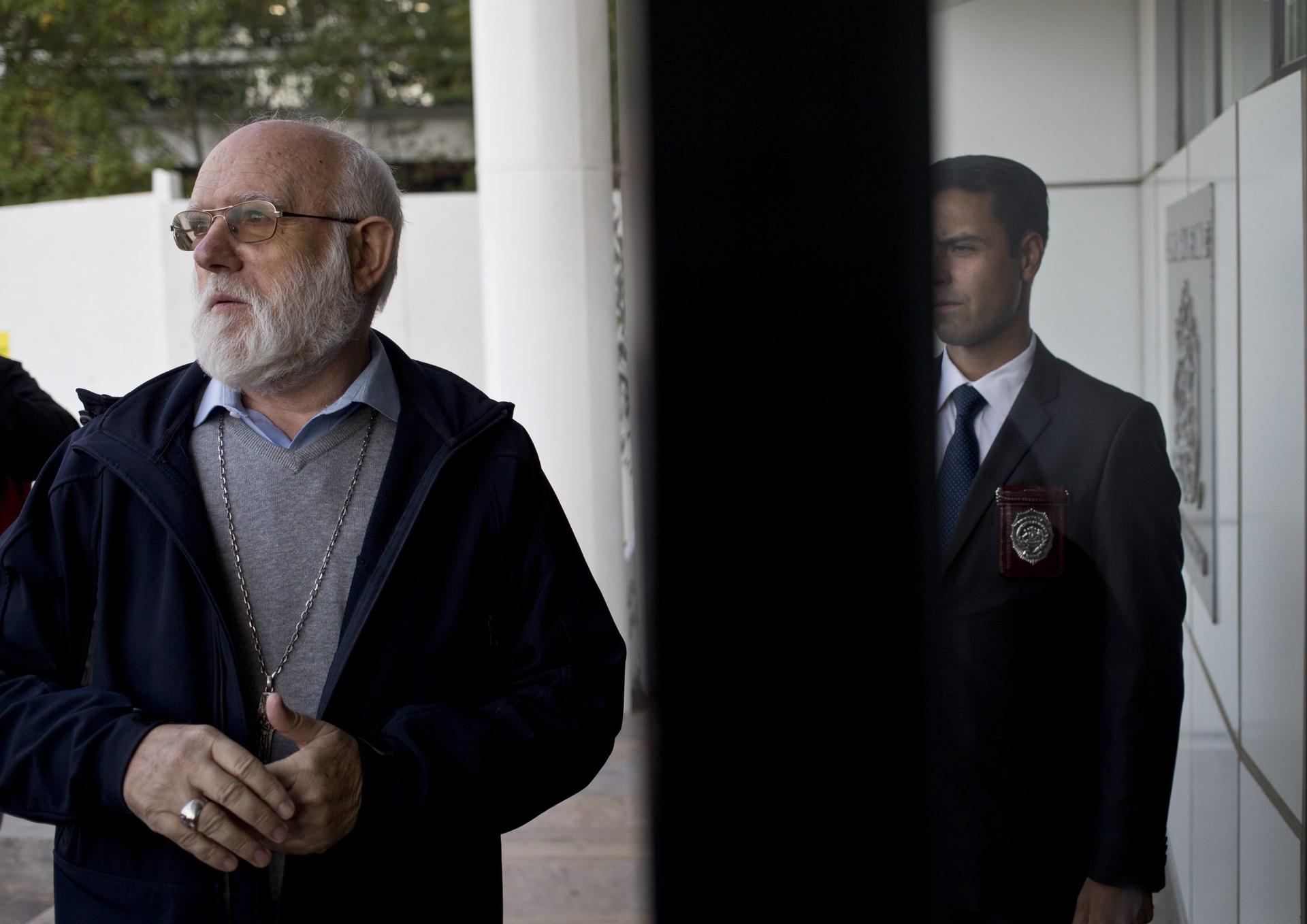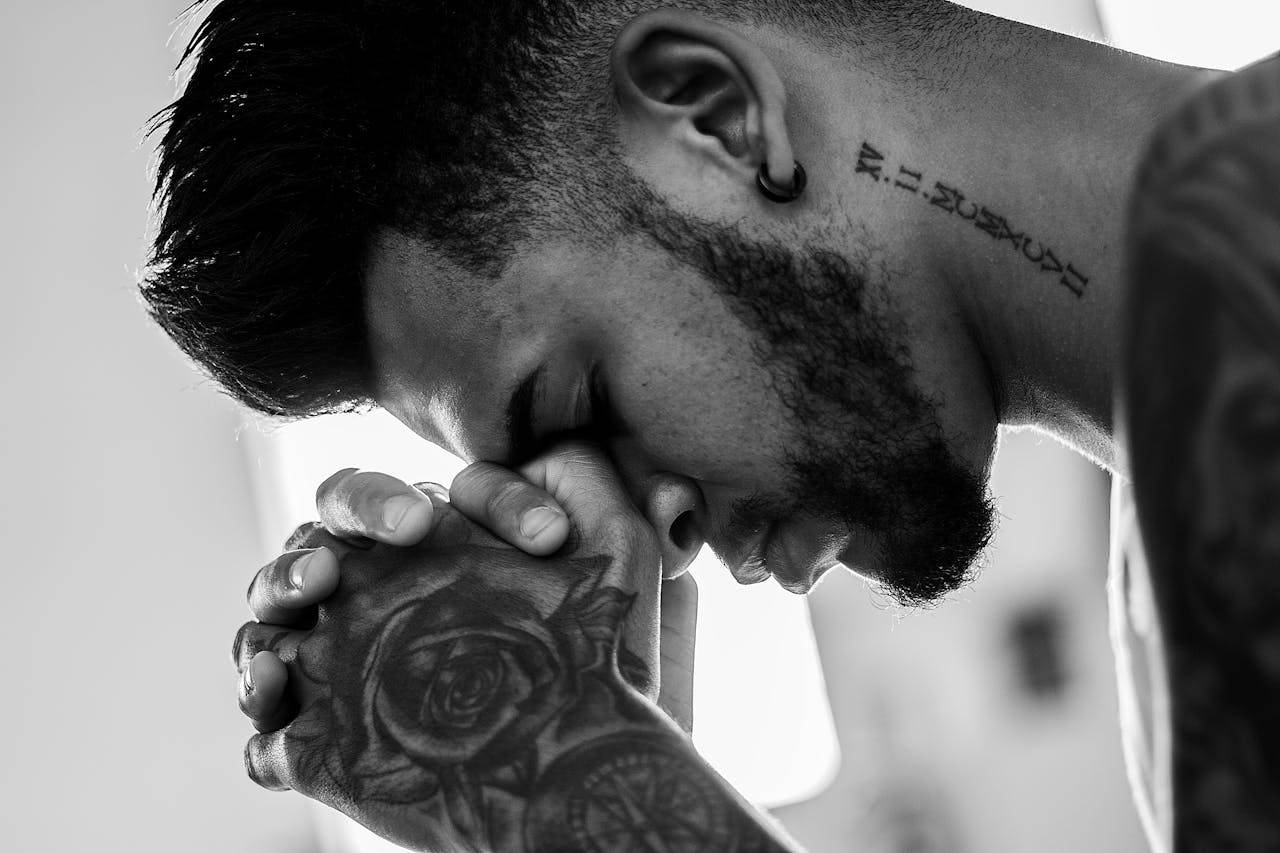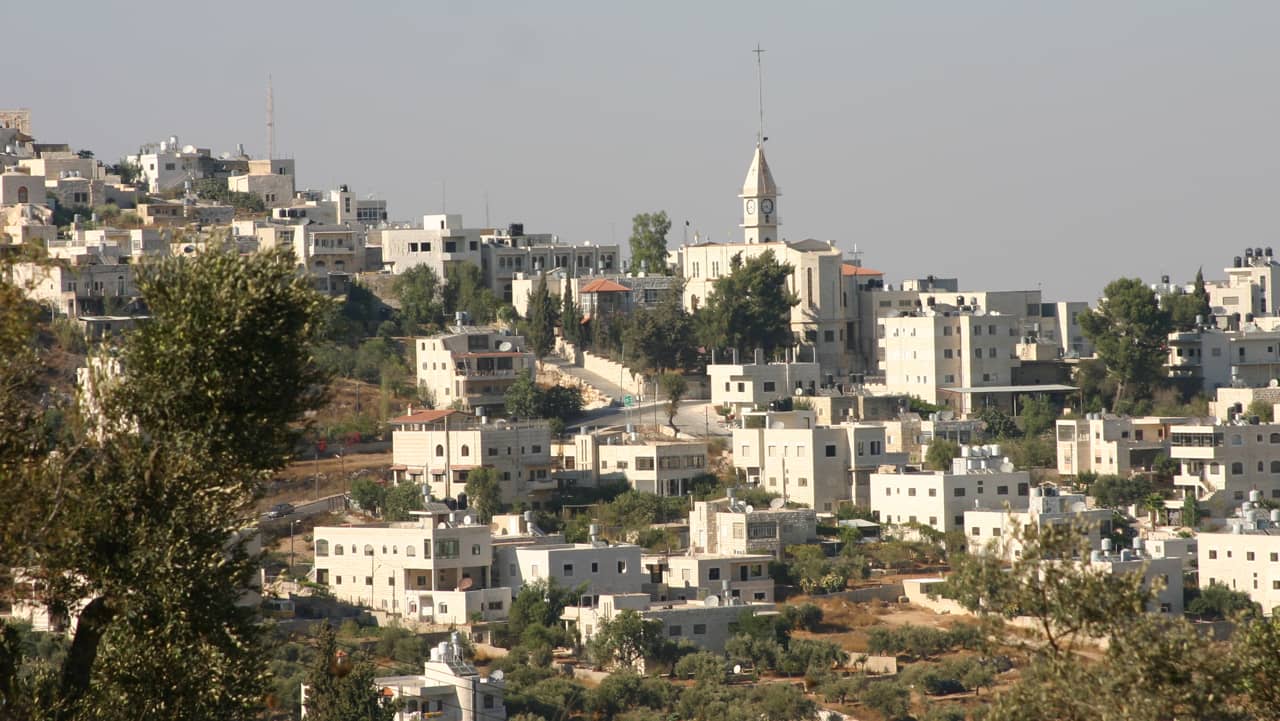SANTIAGO, Chile – Though arguably it’s not easy being a Catholic bishop anywhere in the world these days, few prelates probably have ever stepped into an inferno quite the way Bishop Celestino Aós Braco of Chile did in March.
Since 2014, Aós had been serving as the bishop of Copiapó, a relatively sleepy diocese in the northern part of the country. Two months ago, however, Francis tapped him to become the apostolic administrator of Santiago, the national capital, which has been ripped apart by clerical abuse scandals and accusations of inaction against the last two archbishops, Cardinals Francisco Errázuriz and Ricardo Ezzati.
Aós, a 74-year-old Capuchin, hasn’t been on the job long, and there’s no guarantee he’ll keep it – as apostolic administrator, in theory he’s only keeping the seat warm until a new archbishop is named.
He may have few of the benefits of the post, but he certainly has all its headaches. Early on, critics pounced on his record as the Promoter of Justice in the Diocese of Valparaíso, Chile, where in 2007 he found “implausible” a complaint of sexual abuse made by a former seminarian against a former rector of a seminary now regarded as having been one of the epicenters of Chile’s abuse crisis.
Some insisted the incident called Aós’s suitability into question, though others said that as a simple Promoter of Justice he wouldn’t have been making policy in Valparaíso and may not have been privy to all the facts.
More recently, Aós found himself in hot water of another kind when he decided to ask people who kneeled down to stand instead to receive Communion during a Mass in the local cathedral on Holy Thursday.
Aos spoke with Crux for close to an hour on May 4th, answering questions about the abuse crisis, his first days on the job as the temporary bishop of Santiago, and a controversial agreement between the Chilean bishops’ conference and the prosecutor’s office that was scrapped a week after being signed.
RELATED: Chile prosecutor scraps controversial deal with Church on abuse cases
What follows is the first part of that conversation, including his views of the role of women in the Church, unity in the Church and what he hopes his legacy will be. More to come tomorrow.
Crux: You have been the apostolic administrator of Santiago for almost two months. What’s the biggest challenge you’ve identified so far?
Aos: The truth is, it’s been a short time. After being appointed, I spent 11 days in Rome and then we also had Easter, which is an extraordinary time.
However, I believe the biggest challenge is not only one for Santiago, but Chile as a whole: How do we put Jesus Christ in the center? We are Christians not because we have an ideology, rites or morals, but because we are with Jesus Christ, who lived and died for us, as we were reminded of with Easter. This is the challenge: how to make each person have an experience with Jesus Christ. This will lead the person to try to be a Christian, trying to compose their life, their behavior, according to Jesus Christ.
When you’re building a house, you can’t begin from the roof, the same when it comes to faith. You cannot tell a person “you have to do this, you have to do that.” If you don’t set the base first, that encounter with Christ, nothing will make sense.
Despite the well-known mistakes, and even crimes, of the Catholic Church in Chile, when one goes to Mass in Santiago’s cathedral on any given Sunday, the pews are still full, and the same can be said of most churches. Recent polls show there’s very little trust in the institution, yet people continue to cling to their faith, and the Church. Why do you think this is?
I would like to be able to answer, but what happens on this matter of faith and religion is sometimes a little mysterious. Think about what we did to poor Jesus, who was seized, beaten and destroyed, not only physically but also morally. He’s accused of being a political affiliate, a terrorist, of being sleazy for walking with prostitutes and sinners. He’s accused of making a pact with the devil. He was crucified, and no one apparently gave a shawl for him. And suddenly, a woman realized that he really is God. And then more people came to the same realization.
We also notice this affirmation that you make: people are still going to Mass. During Holy Week, in many places we didn’t only have the same attendance as last year, but actually more. Last week, I celebrated Mass in Quintana, which is a humble neighborhood, quite conflictive, and the priests told me that there had been quite a lot more people during the celebrations. I was on Good Friday in another very humble part of town and noticed the same during the Way of the Cross: people were actually there.
When people are asked, they respond that they don’t come for the priests but for the Virgin Mary and for God.
I come from Copiapó, where we have the celebration of La Candelaria, and we thought that maybe the last time there would be few people. But no, there were more people than ever. We had some 15,000 people in the procession and more than 60,000 watching it. Given the population of Copiapó, it’s a surprisingly large number.
There are people who say they don’t want to be a part of the Church because they say we’re all a “gang of pedophiles, criminals,” and many other things they say about us. And there are some brothers who’ve, painfully, left. But there are also those who continue coming to church even though they acknowledge it’s no longer the church that once was. But there are also people who, despite it all, still stand up on Holy Saturday and say, “I’m becoming a Christian, receiving the baptism, because I believe in Jesus Christ.”
Is this constant presence despite the scandals partially explained by the popular religiosity that Pope Francis values so much?
It is part of that popular religiosity that is expressed in the faith of the people. We have this celebration here, of the Quasimodo, with people pilgrimaging on horseback. I went to one that had almost 2,000 riders. And yes, some come for the folk element. But when you see the faith of the people, who bend their knees when the Holy Sacrament passes through, or that of those accompanying the infirm, you see clearly that there’s another dimension to it all, one that’s independent to what we do or leave undone, and that’s the popular religiosity.
Do meetings with people who kneel in front of the Holy Sacrament strengthen your resolve?
Yes, but this is only an external thing. When you go in the procession, and you are approached by a lady who tells you “my son committed suicide,” or “they killed him,” or “I have this problem,” or they come to you and tell you they’re alcoholics and in need of prayer, one cannot but be reminded of what we are: the priests and bishops, however much might be, we are definitely nothing. It is God who is working there, in that person. And that, for me at least, is a source of comfort.
There is a lot of talk about the role that the laity have to have when it comes to addressing the Church’s ongoing crisis. However, when one speaks with the laity in Chile, they often reduce “Church” to the hierarchy. What can be done to address this sense of detachment?
I would say there are two ways. In the first place, we have to rediscover the meaning of baptism, which is what gives us our dignity as Christians. I did not receive a baptism different than that the pope or someone else received. The one baptism makes us all equal in dignity, and we’re all equally members of the Church.
That’s why I talk about the need for a true conversion, not a made-up one. This conversion of the heart goes through feeling Christian and that leads one to be happy, not for the Church’s dark parts, but for the positive ones that also exist.
Did you find these positive parts?
Yes, and I hope to find even more. This church is the church of San Alberto Hurtado, of Santa Teresa de los Andes, of Beata Laura Vicuña and Ceferino Namuncurá. But it’s also the church of these brothers who have committed aberrant crimes, which we will never be able to justify and which should never have happened. But they are also members of the one Church.
We shouldn’t have the hierarchy on one side and the laity in the other, and even though many things have been reserved for the clergy, the truth is that many can been performed by the laity, and particularly by women.
It is not a matter of debating whether a woman has to be a priest or not, but there are other ministries they can do and should be entrusted with, and they should also be included in decision-making positions. There always have been. Think of St.Hildegard of Bingen, St. Catherine of Siena, St. Teresa of Jesus, Sor Juana Inés de la Cruz. But we must recognize that the figure of women is greatly undermined.
When you say there are ministries women can do, what do you mean concretely?
For example, in the care of the sick. There are many things women can do more easily: teaching catechesis, leading a parish … And also, going to extremes, there’s no reason why a woman can’t be the nuncio [papal representative in a country] or the head of a Vatican dicastery.
I think this change will accelerate in time, but I hope that it doesn’t do so violently, believing that the way forward is insulting the other, fighting one another. In the Church, Jesus Christ teaches us that in order to be happy, we shouldn’t undermine one another.















